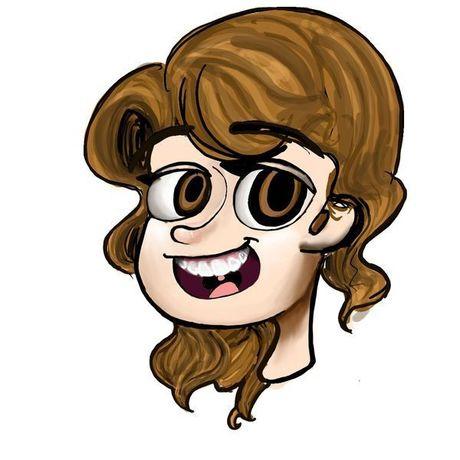Character Modeling
- 0 Collaborators
This project and article looks at character modeling techniques for creating a character within the 3D space of computer programs. ...learn more
Project status: Under Development
Graphics and Media, Digital Art
Intel Technologies
Intel® Core™ Processors
Overview / Usage
Character modeling is the process of creating a character within the 3D space of computer programs. The techniques for character modeling are essential for third - and first - person experiences within film, animation, games, and VR training programs. In this article, I explain how to design with intent, how to make a design model - ready, and the process of creating your model. In later lessons, we will continue to finish the model using retopologizing techniques.
Methodology / Approach
Design and Drawing
The first step to designing a character is to understand its purpose in the application or scene. For example, if this character is to be created for a first-person training program, you may only need to model floating hands. This could be how your character is designed for a training application.
Additionally, for film, games, and VR the character's design is key. The design must fit into the world and also visually describe their personality. If they have big, wide eyes, they're probably cartoony and cute. If they wear one sock higher than the other, they might be quirky or stressed. Let their design tell a story about what kind of person they are.
Below I've provided a sample design of the character I will be modeling throughout the article. With it, I've provided a breakdown that explains how his design affects your perception of his character.
Simple Design Breakdown
Round shapes indicate that the character is nice and friendly; you want the audience to like this character.
Big eyes show youth and make the character cute; also very expressive.
Details like the propeller hat and the striped shirt indicate that he's fun and silly.
Model-Ready: Static vs Animated
design of the character model
Once you have a design, it's important to distinguish whether your character is static or animated. This will determine how your go about creating your blueprints for your character model. These blueprints are called orthographic drawings. Orthographic drawings are front, side, and top drawings of your model. You may see these types of drawings for 2D animation or concept art. However, orthographic drawings for 3D character models are different. Below I will explain the different requirements for static and animated orthographic drawings.
Technologies Used
Intel Core i7 CPU, nVidia 1080 GPU, Maya







